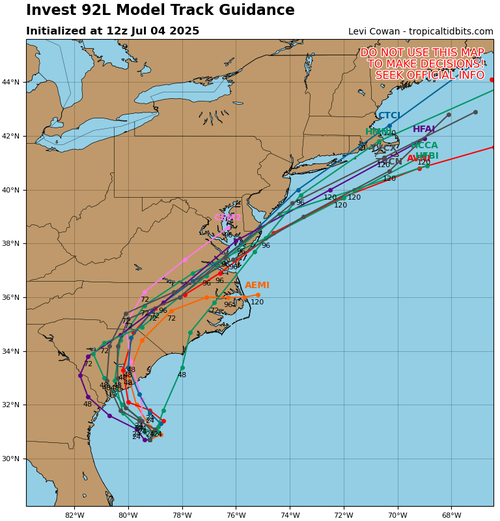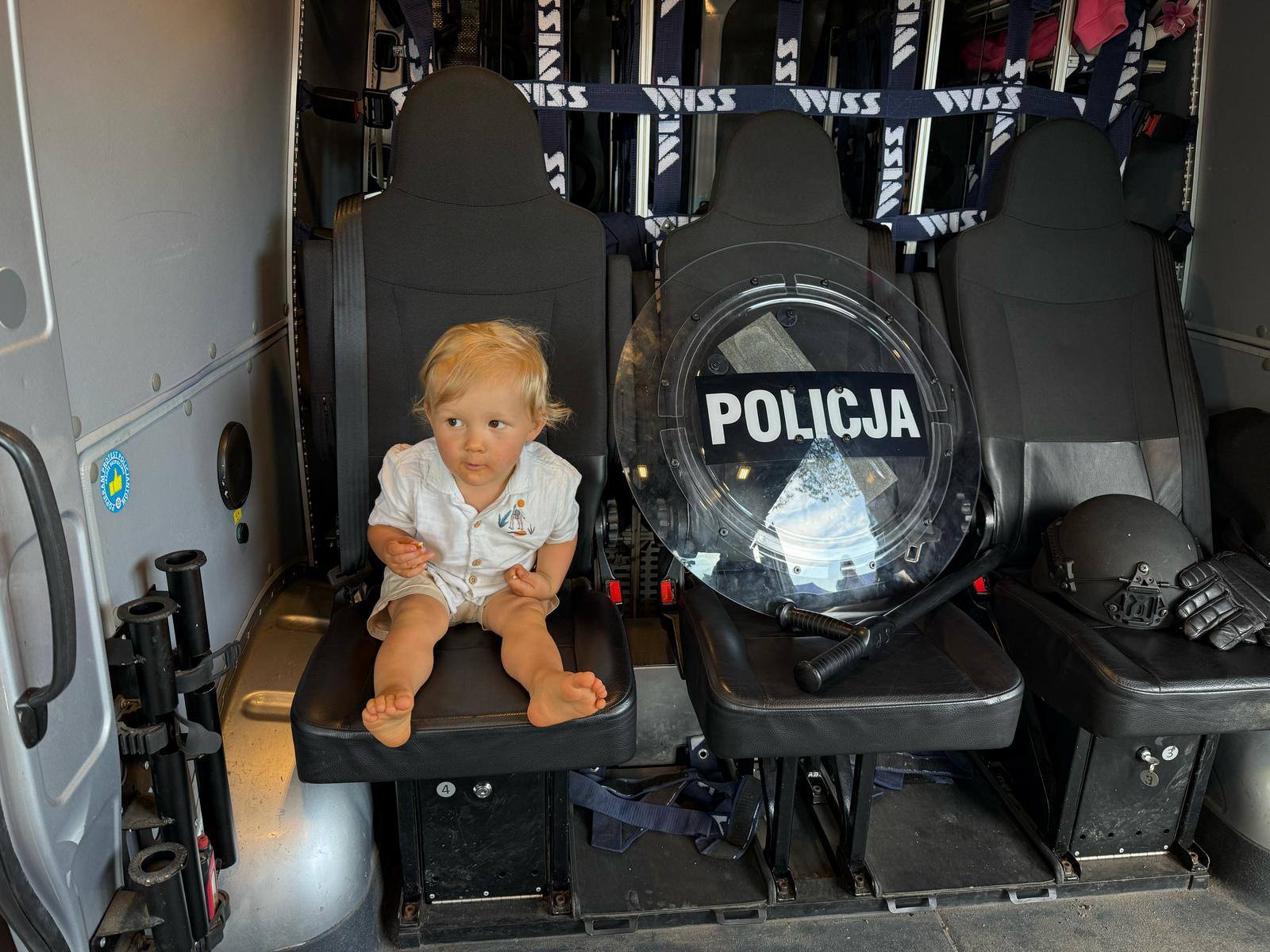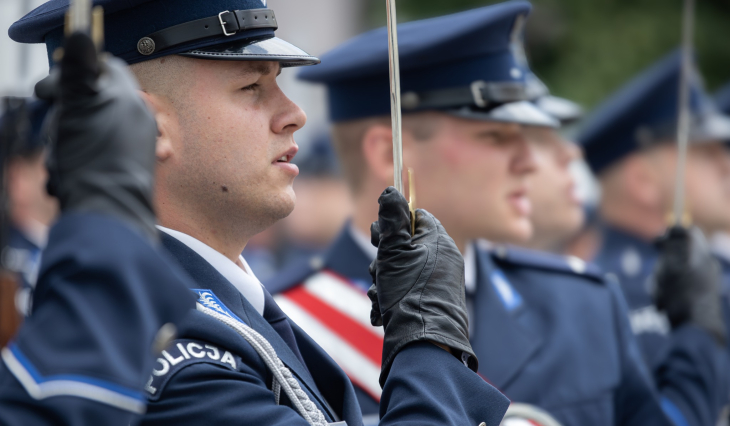
SEATTLE- Alaska Airlines (AS) has expanded its Boeing 787-9 Dreamliner order to 17 aircraft, reinforcing its long-haul ambitions. This strategic fleet move supports Alaska’s goal to position Seattle-Tacoma International Airport (SEA) as a major global gateway.
Following the acquisition of Hawaiian Airlines (HA), Alaska Air Group is realigning its wide-body operations, with Seattle playing a central role. According to OMAAT, this expansion reflects Alaska’s evolving international strategy and increasing focus on transpacific and transatlantic connectivity.
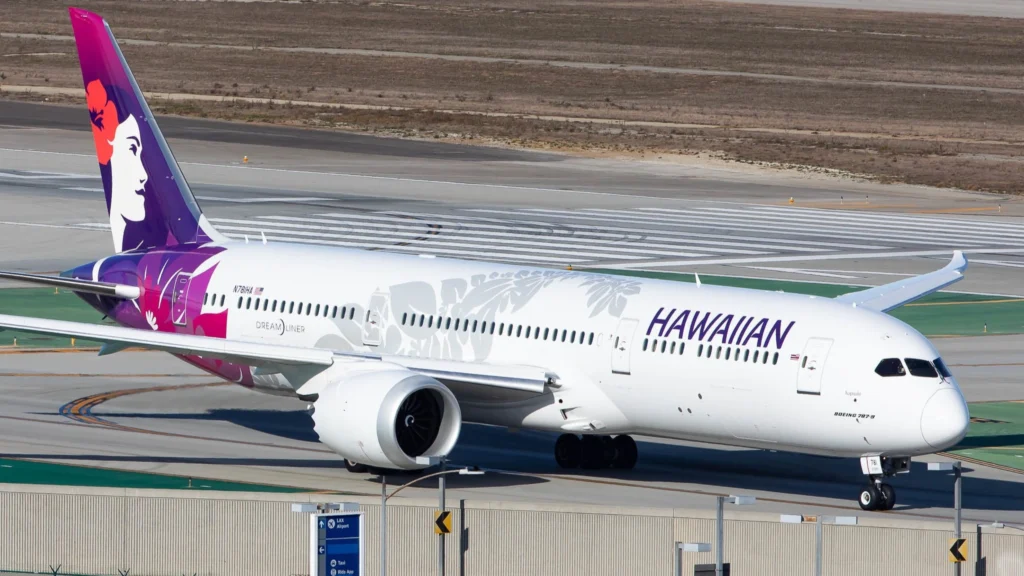 Photo: Clément Alloing
Photo: Clément AlloingAlaska Airlines Expands 787 Fleet
In a significant development for its international operations, Alaska Air Group has quietly increased its Boeing 787-9 Dreamliner order from 12 to 17 aircraft.
This move, first revealed by The Alaska Pilots Podcast, an official channel of the Air Line Pilots Association (ALPA), underscores Alaska’s long-haul growth plans following its acquisition of Hawaiian Airlines in 2024.
Hawaiian Airlines initially ordered the Dreamliners in 2018 to modernize its aging Airbus A330-200 fleet.
These jets are now being integrated into Alaska’s long-haul network strategy, pivoting focus from Honolulu (HNL) to Seattle (SEA) as the primary hub for international operations.
Alaska plans to open a dedicated 787 pilot base in Seattle by March 2026, which aligns with new routes launching to Seoul Incheon (ICN) and Rome Fiumicino (FCO), operated exclusively by 787s.
These will join the Tokyo Narita (NRT) route, which initially used A330s. The move eliminates the need to rotate crews from Honolulu, simplifying operations and improving crew efficiency.
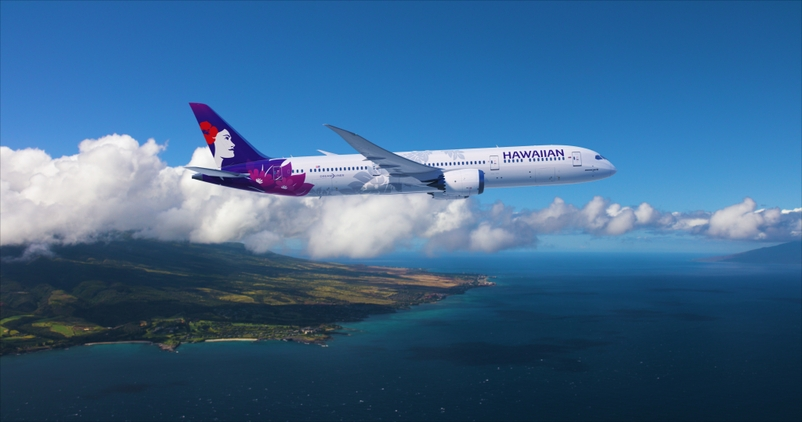 Photo: Hawaiian Airlines
Photo: Hawaiian AirlinesGlobal Gateway
Alaska Air Group’s long-term strategy includes turning SEA into a global hub with at least 12 international routes by 2030. The additional Dreamliners will likely provide the fleet flexibility to operate a broad range of long-haul services while maintaining spares for reliability.
However, competition at SEA remains intense. Delta Air Lines (DL) already operates a robust international schedule out of Seattle and offers premium experiences, including the new Delta One Lounge.
Alaska is reportedly developing its own premium lounge, but its completion is still years away.
Despite Alaska’s strong West Coast connectivity and loyal customer base, its international product and branding remain fragmented.
Passengers currently board Hawaiian-branded jets with Hawaiian’s inflight service on some routes, creating brand inconsistency. Furthermore, the lack of onboard Wi-Fi on the 787s remains a major disadvantage in today’s market.
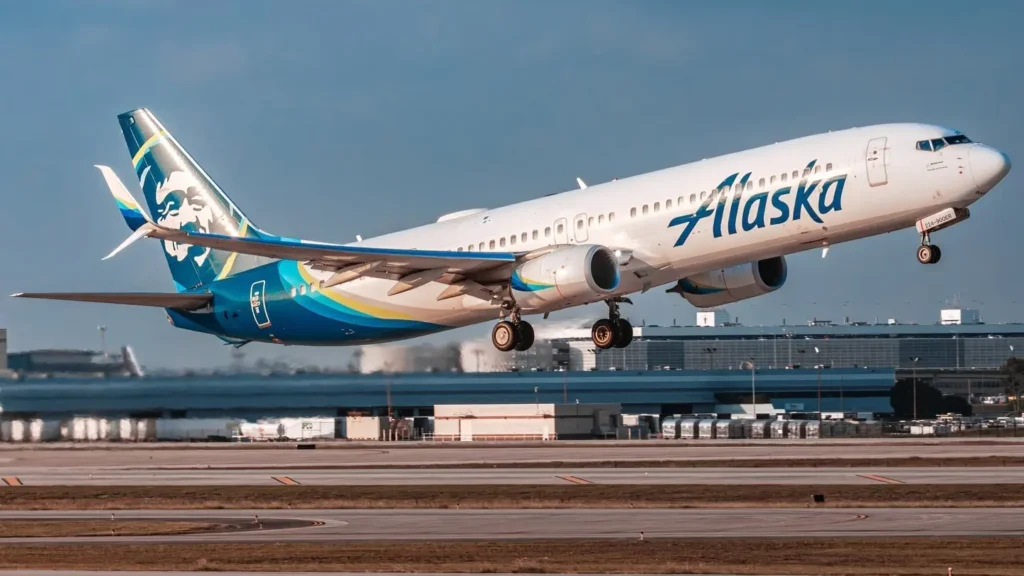 Photo: Cado Photo
Photo: Cado PhotoChallenges and Opportunities
Alaska’s long-haul strategy faces hurdles. The A330s used for initial Seattle (SEA) to Tokyo (NRT) flights lack a competitive business class (2-2-2 configuration) and modern amenities like Wi-Fi, impacting passenger appeal.
The 787s, while equipped with superior cabins, also lack Wi-Fi, a growing expectation for long-haul travelers. Branding confusion persists, as Hawaiian-operated flights retain Hawaiian’s soft product, which may disorient Alaska’s customers.
Additionally, low load factors on the Seattle-Tokyo route suggest demand challenges, potentially due to the rushed launch.
Despite these issues, Alaska’s strengths include its extensive Seattle network, Oneworld alliance membership (with Hawaiian joining in 2026), and codeshare agreements with 17 carriers.
The airline is addressing passenger experience by planning A330 retrofits and a new premium lounge at Seattle (SEA), though the lounge won’t open for a couple of years.
A unified loyalty program, combining Alaska’s Mileage Plan and HawaiianMiles, is set for August 2025, promising enhanced benefits. These steps, if executed well, could position Alaska to compete effectively long-term.
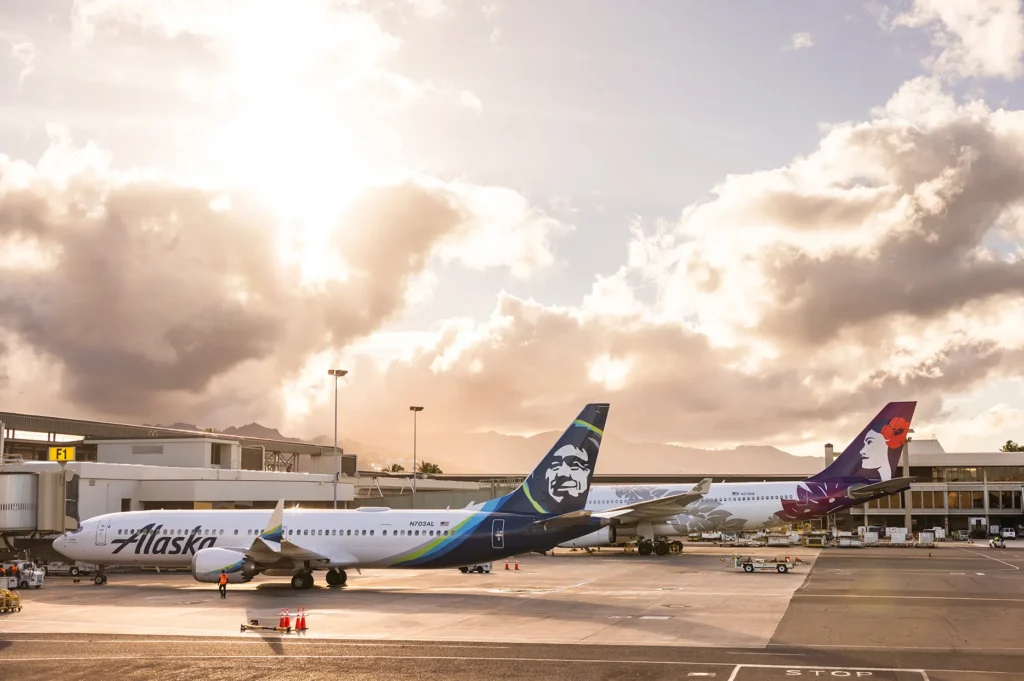 Photo: Alaska Airlines
Photo: Alaska AirlinesFuture Outlook
Alaska’s increased 787 orders reflects confidence in its long-haul vision, but success hinges on refining its strategy.
A cohesive brand, competitive onboard product, and timely aircraft deliveries are critical. While challenges like competition and delivery delays persist, Alaska’s regional dominance and strategic partnerships provide a strong foundation.
By addressing passenger experience gaps and leveraging the 787’s capabilities, Alaska can establish Seattle (SEA) as a premier global gateway by 2030.
Stay tuned with us. Further, follow us on social media for the latest updates.
Join us on Telegram Group for the Latest Aviation Updates. Subsequently, follow us on Google News
Alaska Airlines Announces its First Europe Destination with Hawaiian 787
The post Alaska Airlines Adding More Boeing 787 to Boost Seattle Hub appeared first on Aviation A2Z.








